Many people compare water-based PU leather with traditional oil-based PU leather. So what is the difference between water-based PU leather and oil-based PU leather? Many people don’t really understand.
In fact, water-based PU leather and traditional oily PU leather are two completely different material components.
First of all, we need to understand what PU is. PU is the abbreviation of Polyurethane, which is called polyurethane in Chinese.
Water-based PU leather is composed of water-based polyurethane resin, which replaces organic solvents with water. The production process is pollution-free, non-toxic, does not contain harmful chemicals such as DMF, has zero VOC, and is environmentally friendly.
The traditional solvent-based PU leather is composed of polyurethane, which contains a large amount of organic solvents, such as DMF, DOP, and other harmful chemicals. The sewage and drainage of the production process cause serious pollution. Currently, Europe and the United States have put an end to the use of PU leather containing DMF substances.
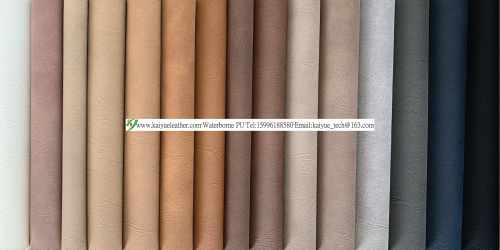
Environmental protection, non-toxic, no peculiar smell
Good breathability
Wear resistance, scratch resistance, high temperature resistance, good physical properties
Zero VOC
Does not contain DMFa, DMFu, o-benzenes, PAHs, APEO, azo, PBA and other harmful chemicals.
Meet the industry’s highest environmental standards (REACH, ZDHC, etc.)
It is not environmentally friendly and contains toxic chemicals such as DMF and formaldehyde.
Odour and poor air permeability.
Emit a large amount of harmful volatile substances (VOC)
The catalogue of toxic and hazardous raw materials (products) substitutes encouraged by the state (2016 edition) is clearly listed in the water-based polyurethane synthetic leather instead of solvent synthetic leather;
The investment guide for technological transformation and upgrading of industrial enterprises (2016 edition) Chapter 3 Industrial Strong Foundation and Chapter 4 Green Manufacturing have related content listed in waterborne polyurethane synthetic leather;
Action plan to reduce volatile organic compounds in key industries, and the synthetic leather industry is listed as one of the key industries;
In 2016, the National Standards of the Ministry of Environmental Protection and the General Administration of Quality Supervision, Inspection and Quarantine of the “Guidelines for Air Quality Evaluation in Passenger Cars” were enforced on January 1, 2017, which imposes stricter requirements on pentabenzene trialdehyde than those abroad;
Beijing and Shenzhen passed the technical specifications of “Limits of Hazardous Substances in Finished Furniture and Raw and Auxiliary Materials” (No. SZJG 52-2016), and Beijing officially implemented the “Wooden Furniture Manufacturing Air Pollutant Emission Standard”, and the two places will gradually ban solvents Type coatings and solvent-based adhesives are used in this region to control volatile organic compounds emissions, and other regions of the country are also following up.
(1) California Proposition 65 restricts VOC to the indoor air total volatile organic compound content less than 0.5mg/m3;
(2) The EU Reach regulations are constantly updated. At present, SVHC highly concerned substances have reached 193 items, including common organic solvents such as dimethylformamide (DMF) and toluene;
(3) The ZDHC “Zero Emission of Hazardous Chemical Substances” international organization has combined many international well-known brands to put forward the concept of “industrial chain environmental protection”. At the same time, it has formulated a “restricted substance list” in the production process and promised to “2020 VOC )zero-emission”;
(4) On October 27, 2017, the World Health Organization Cancer Research Institute declared DMF as a category 2A carcinogen;
(5) Recently, the European Union has identified DMFa and DMFu as special substances that affect fertility and are banned in products for children under 16 years of age.
(6) Brands such as LV and GUCCI promise to abandon real leather from 2018 and adopt ecological synthetic leather.
(7) Many famous international brands such as HM and ZARA promise to purchase 40% of water-based synthetic leather in 2018 and achieve zero discharge of toxic substances in 2020.
Protect animals and pursue sustainable development
Water-based synthetic leather has the advantages of abrasion resistance, cold resistance, breathability, ageing resistance, soft texture, environmental protection and beautiful appearance. It has become the most ideal choice to replace natural leather.
In recent years, hundreds of fashion brands have announced the abandonment of fur, including Armani, Hugo Boss, Ralph Lauren, Stella McCartney, Tommy Hilfiger, etc.
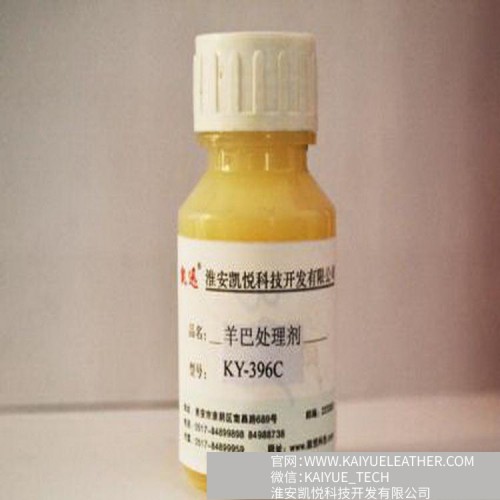 KX-396C Leather surface treatment agent waterbonre PU Nubuck leather
KX-396C Leather surface treatment agent waterbonre PU Nubuck leather
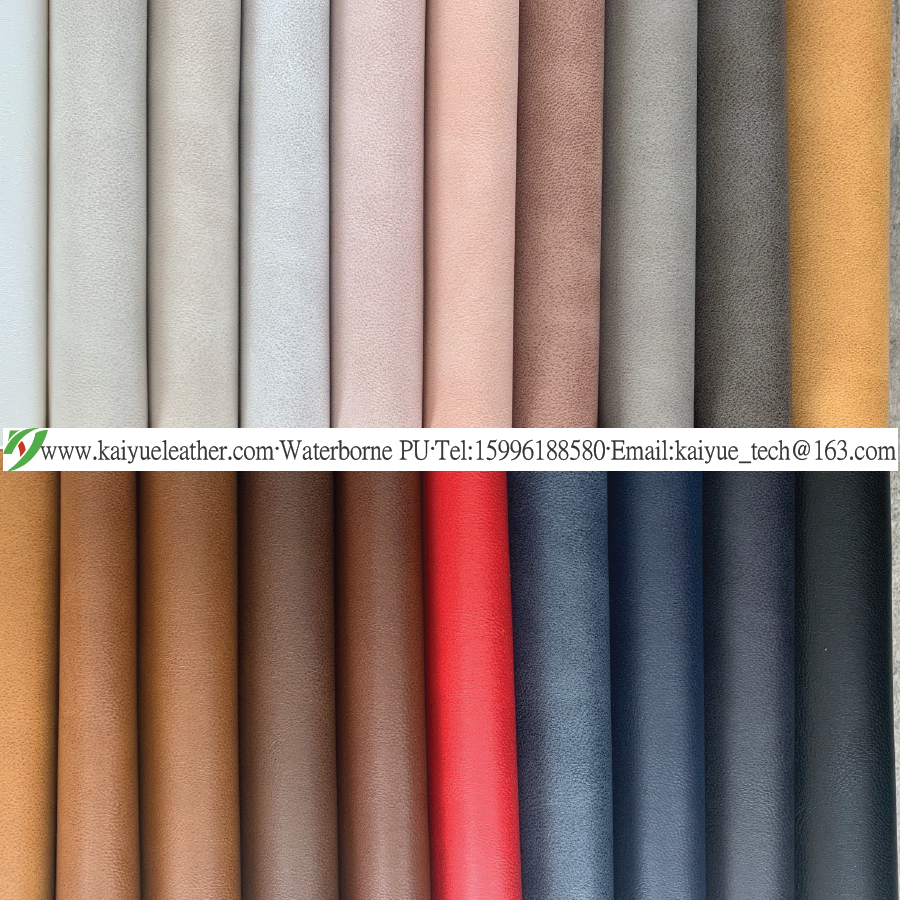 Waterborne PU-KY-9884
Waterborne PU-KY-9884
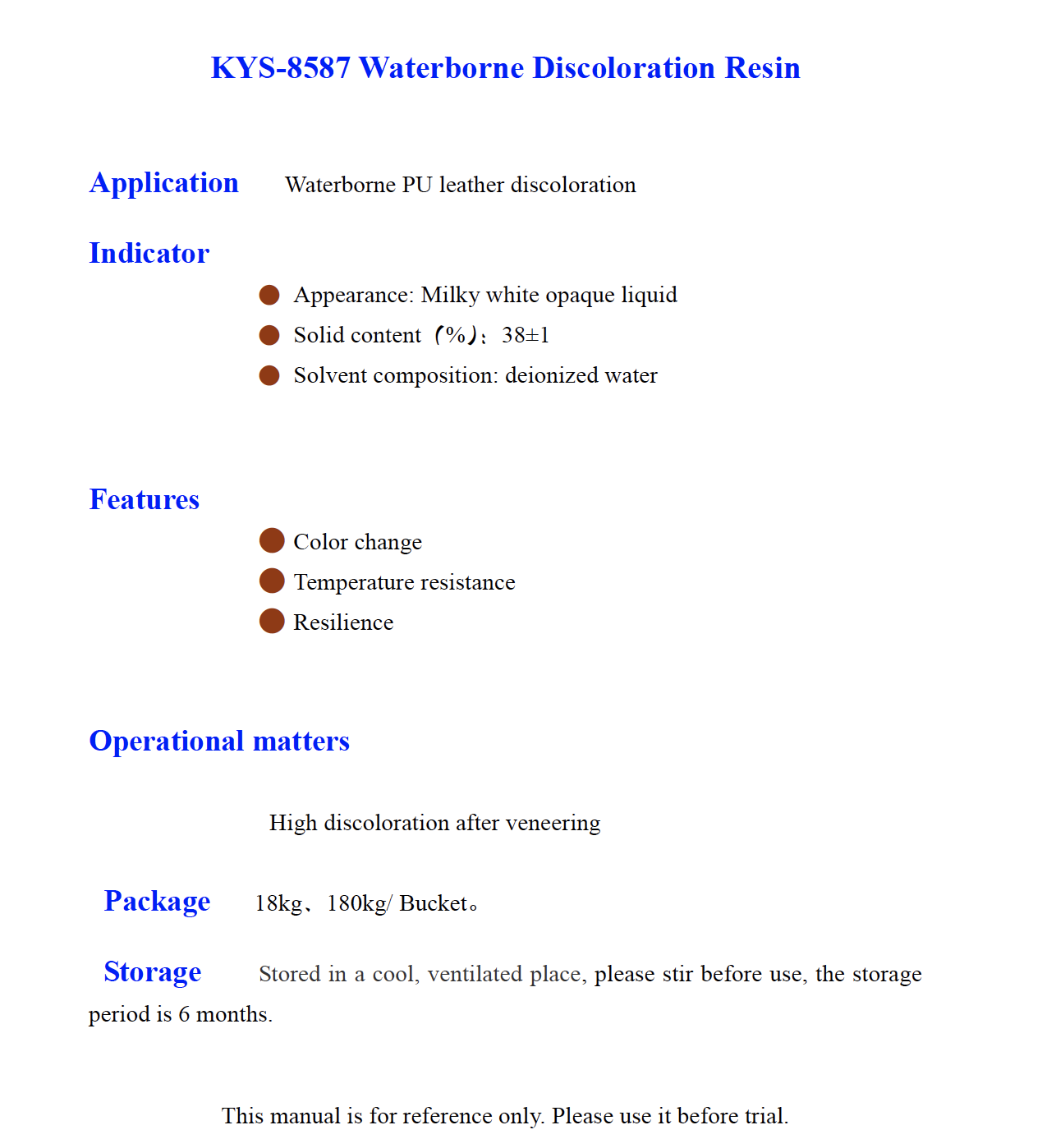 KYS 8587 Waterborne Discoloration Resin
KYS 8587 Waterborne Discoloration Resin
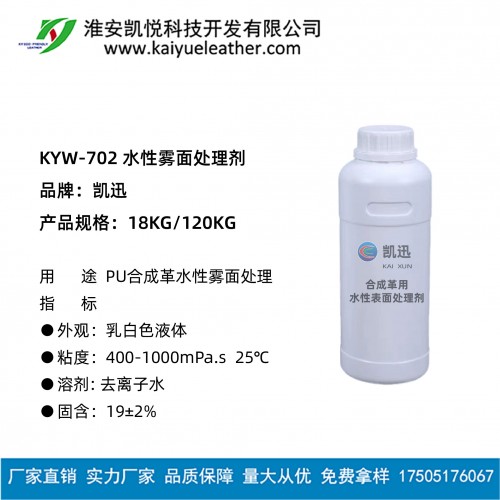 Water-based matte treatment agent
Water-based matte treatment agent
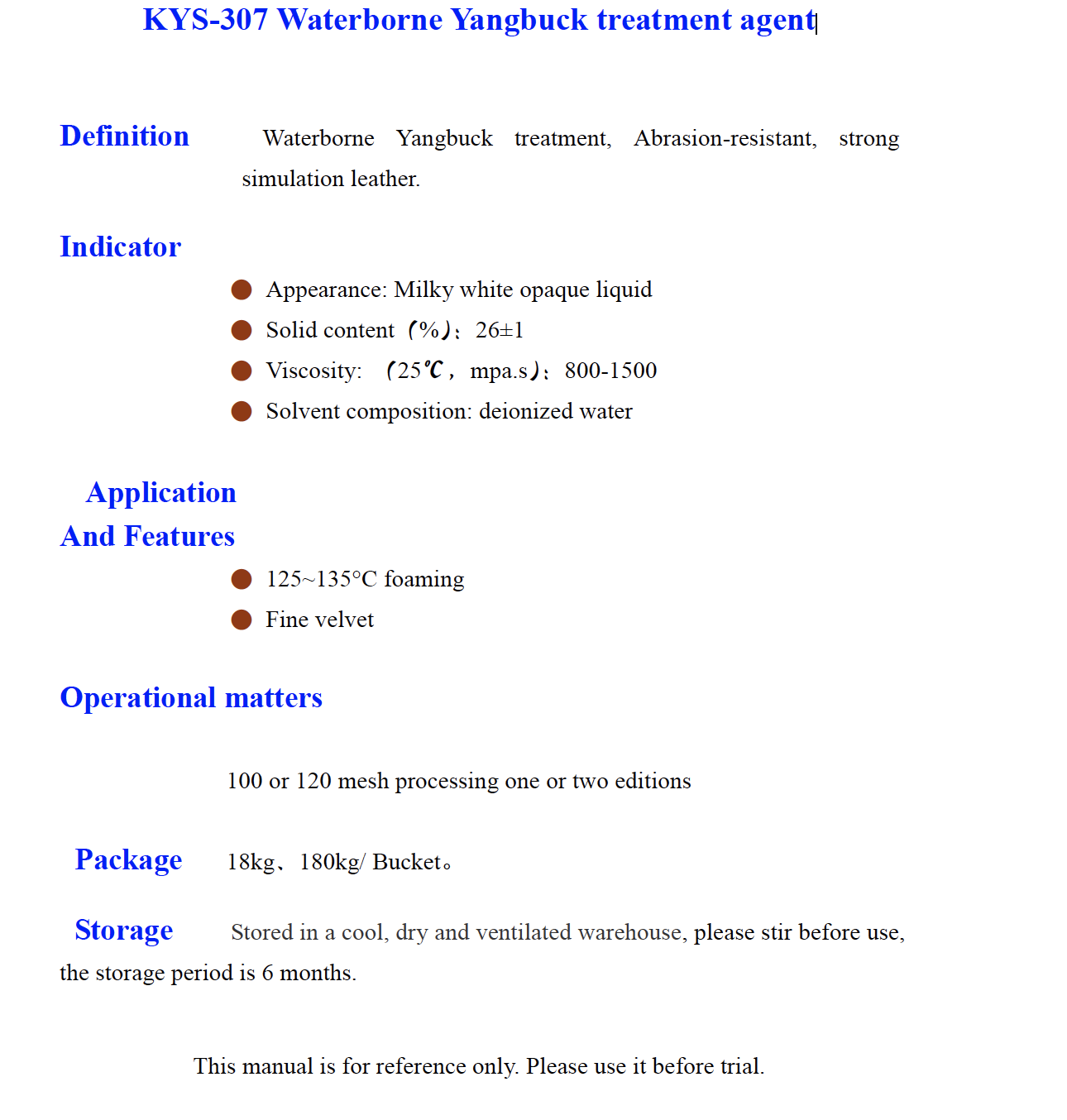 KYS 307 Waterborne Yangbuck treatment agent
KYS 307 Waterborne Yangbuck treatment agent
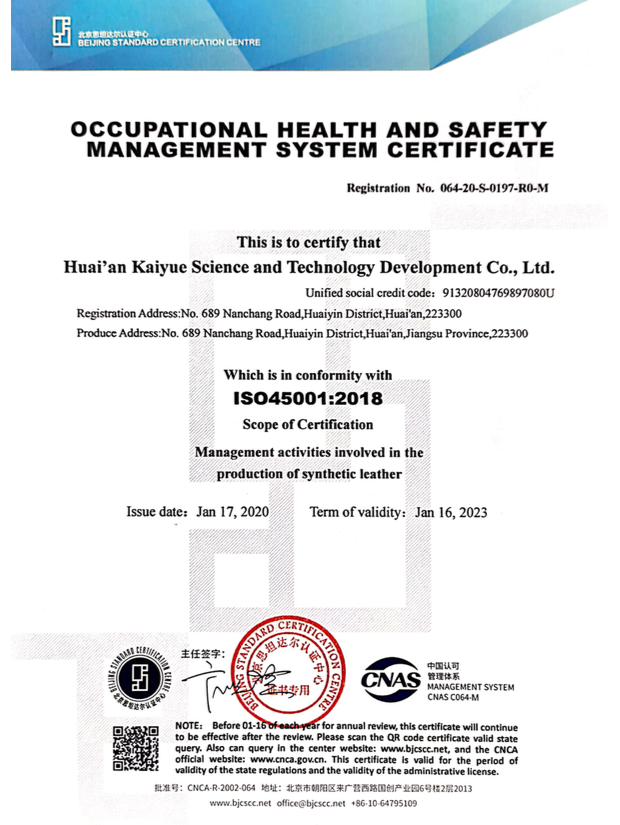 ISO45001:2018
ISO45001:2018
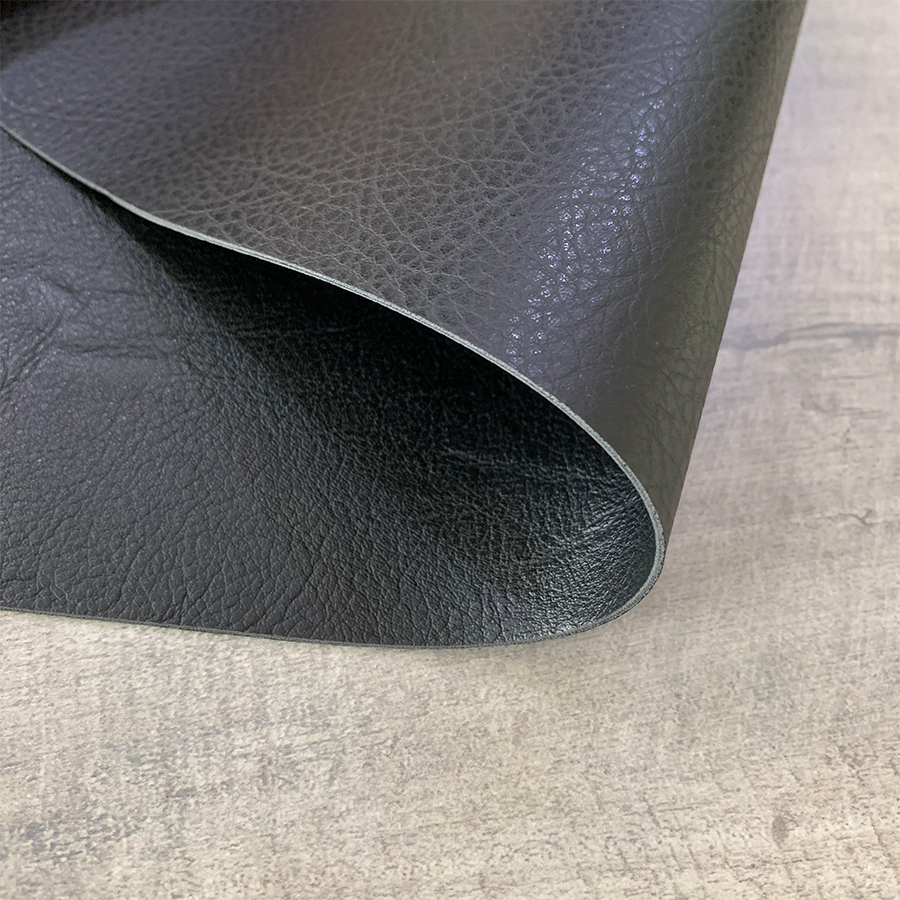 Double-side leather
Double-side leather
 KYS 307M Waterborne Scratch resistant Matte treatment agent
KYS 307M Waterborne Scratch resistant Matte treatment agent